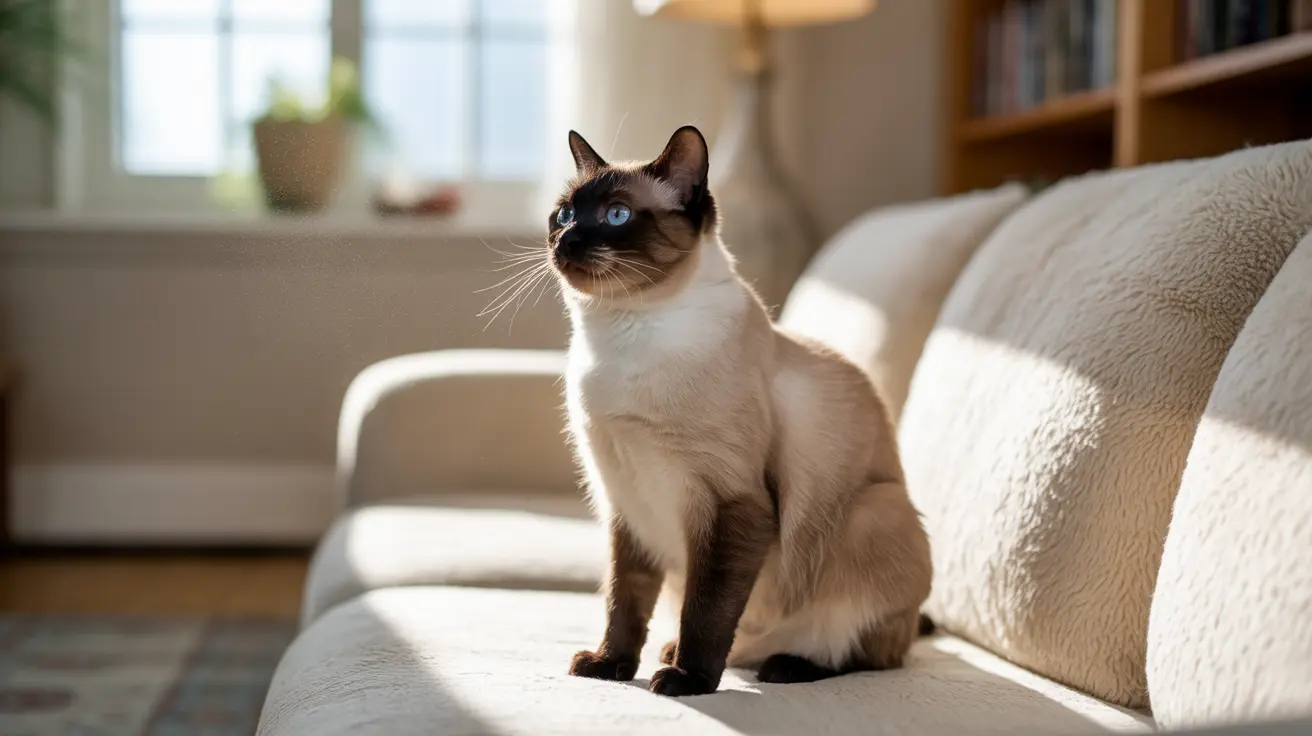The Evolution of Cat-Human Communication
Unlike wild cats, domestic cats have developed a unique vocal language specifically for communicating with humans. Adult cats rarely meow at each other in nature, instead relying on body language, scent marking, and other vocalizations. The meow we know today is largely a product of thousands of years of domestication.
Research suggests that cats have learned to modify their vocalizations to better communicate with humans, often mimicking frequencies similar to human infant cries. This adaptation has made their meows more effective at getting our attention and response.
Common Reasons Your Cat Meows Back
Acknowledging Your Presence
When cats meow back at you, they're often simply acknowledging your attempt to communicate. This response can be seen as their way of participating in social interaction, similar to how humans engage in conversation.
Expressing Needs and Desires
Cats frequently meow back to communicate specific needs, such as:
- Hunger or thirst
- Desire for attention or playtime
- Request to go outside or access a closed door
- Discomfort or physical needs
Learned Behavior and Reinforcement
Many cats learn that meowing back gets them positive attention or desired outcomes. This reinforcement makes them more likely to continue the behavior, creating a pattern of vocal interaction with their human companions.
The Role of Breed and Personality
Some cat breeds, particularly Siamese, Oriental Shorthair, and Burmese cats, are naturally more vocal than others. These breeds are known for their chatty personalities and tendency to engage in "conversations" with their human families.
Individual personality also plays a significant role in how vocal a cat might be. Some cats are naturally more talkative, regardless of their breed, while others may be more reserved in their vocalizations.
Understanding Different Types of Meows
Cats can produce various types of meows, each potentially signifying different meanings:
- Short, chirp-like meows often indicate friendly greetings
- Long, drawn-out meows might express demands or complaints
- High-pitched meows could signal excitement or distress
- Repeated meows might indicate urgency or heightened emotion
When to Be Concerned
While meowing back is typically normal behavior, sudden changes in vocalization patterns might indicate health issues. Contact your veterinarian if you notice:
- Excessive or unusual meowing
- Changes in voice quality
- Meowing accompanied by other concerning symptoms
- Signs of distress or pain
Frequently Asked Questions
Why do cats meow back at humans but rarely at other cats?
Adult cats primarily meow at humans because it's a learned behavior developed through domestication. They use other forms of communication, such as body language and scent marking, with fellow cats.
Can cats understand what we mean when we talk to them?
While cats don't understand specific words, they can recognize familiar sounds and respond to tone of voice, emotional cues, and patterns in human speech.
What are the common reasons cats meow back when I call or talk to them?
Cats typically meow back to acknowledge communication, express needs or desires, seek attention, or respond to learned behaviors that have been reinforced through positive responses.
How can I tell if my cat's meowing is a request, attention-seeking, or a sign of illness?
Consider the context, timing, and pattern of meowing. Regular meowing during feeding times or when seeking attention is normal, while unusual vocalizations or distressed sounds might indicate illness.
Do certain cat breeds meow more and why are some cats more vocal than others?
Yes, certain breeds like Siamese cats are naturally more vocal due to genetic predisposition. Individual personality, early socialization, and environmental factors also influence how vocal a cat becomes.






